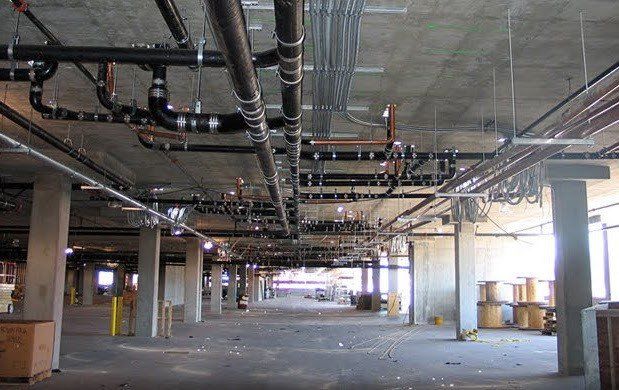BACKFLOW PREVENTION PIPE REPLACEMENT
State Certified in Backflow Prevention
Pipe Replacement Services
You don't want to replace sewer pipes in your home if you don't have to. However, you definitely want to replace them if it becomes necessary! The damage and hassle that broken pipes can cause make fixing or replacing them a top priority.
First Class Plumbing Of Florida, Inc. understands the urgent nature of your plumbing needs. We have technicians available to help you 24/7 and we offer free estimates on pipe replacement
in Naples and Boca Raton, FL. Our award-winning team will promptly take care of broken pipes in your home or business, sparing you from the pain and expense of unnecessary damages.
Restore Your Home
We can handle any pipe problem, including issues related to:
- Kitchen sink lines
- Bathroom sink and tub lines
- Sewer lines
- Pool lines
Get Experienced Advice on Your Options
Depending on what makes your plumbing break, you may want to use pipes made of a different material to replace it. Different materials have different strengths and weaknesses. We can explain these pros and cons to you as you pick your replacement pipes.
We also repair the following types of pipes:
- Copper
- Cross-linked polyethylene (PEX)
- Chlorinated polyvinyl chloride (CPVC)
- Polypropylene pipe (PP)
Call for a FREE Estimate! 239-597-9997
24-Hour Emergency Services Available.








